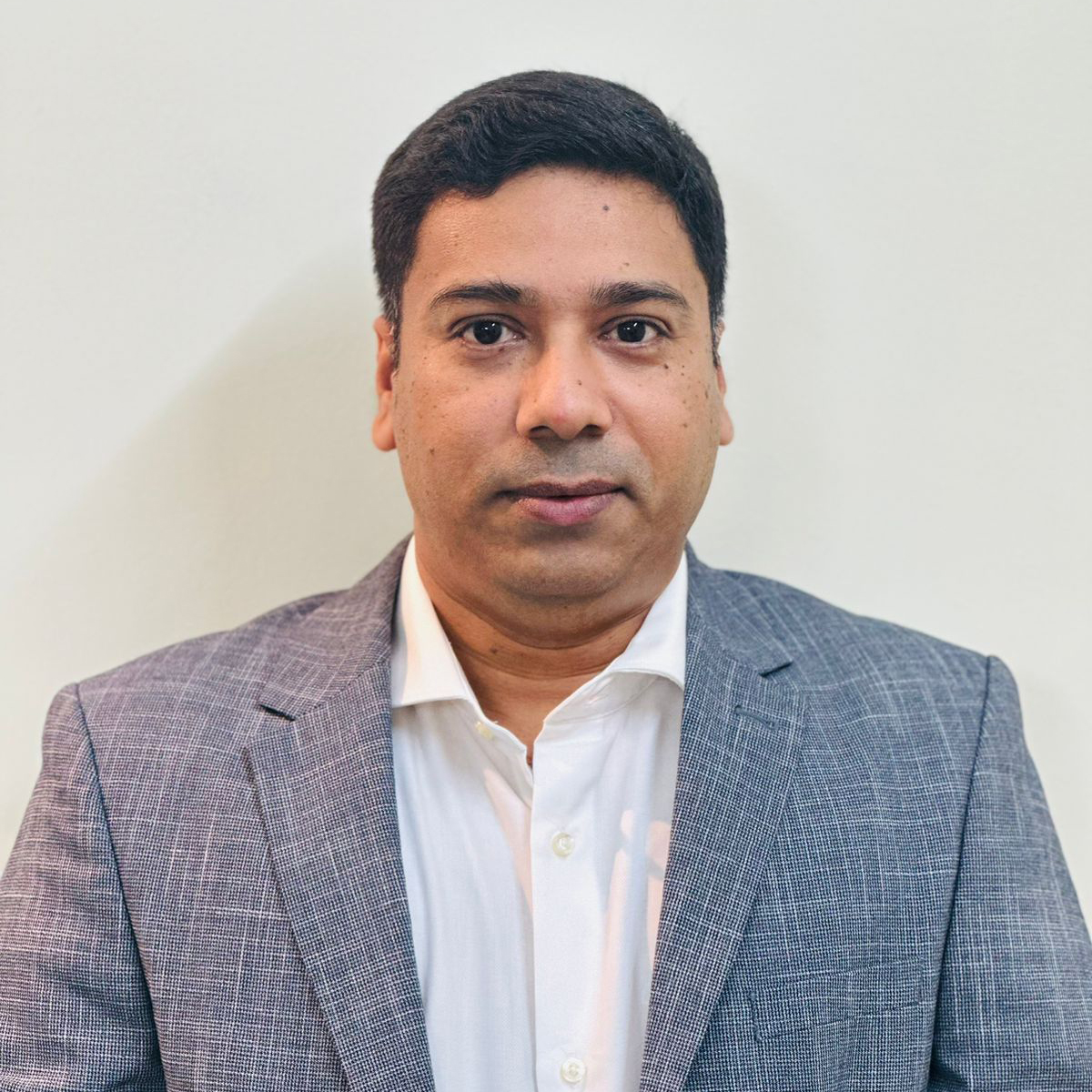Reportage

Japan keen to share its bridge construction expertise with Bangladesh
It took long 10 years to complete the construction of a bridge. And the bridge will remain in good condition for more than 200 years! Sounds unbelievable? That is the story goes for the Akashi-Kaikyo Bridge, the longest suspension bridge in the world.
The beautifully constructed bridge connects the major port city of Kobe and Awaji Island, both in Hyogo Prefecture in western Japan with a central span measuring a record 1,991 metres.
The total span of the bridge, constructed by adopting Japanese own techniques and newly developed technologies, is 3,911m in length.
In order to do appropriate management, new technology for the maintenance has been researched and developed. One of them is "Dry air injection system" that protects the main cables from corrosion.
The system is to inject dry air into main cables and keep the humidity inside the cables constant. This is a revolutionary idea because the maintenance cost can be saved.
Honshu-Shikoku Bridge Expressway Company Limited in Japan that built the bridge is keen to share its technical and engineering expertise with Bangladesh demonstrating long longevity of such bridges.
"We may be able to provide some technical assistance by making the use of our experiences, techniques and engineers through the design, construction, operation and management," an official at the Honshu-Shikoku Bridge Expressway Company Limited told Dhaka Courier who guided a tour to Akashi Kaikyo Bridge.
If you join any guided bridge tour, you can enjoy the magnificent view from the top of the Bridge tower, 300m above the sea. You can also walk inside Akashi-Kaikyo Bridge during such an amazing trip.
The Bridge was constructed as one of Honshu-Shikoku Bridge projects. The construction work started in May, 1988 and completed in April, 1998 -- after long 10 years.
Economic Benefits
The bridge facilitates transportation among separated areas, and thus contributes to the balanced development of the nation's land and the economic development.
"The cumulative economic effect of Honshu-Shikoku Bridges since 1988 is as much as 41 (forty-one) trillion JPY,"' said the official at the Honshu-Shikoku Bridge Expressway Company Limited.
Besides, the official said, income growth ratio in Shikoku region is as high as 6 percent, which is higher than that in Tokyo.
Why A Bridge for Two Centuries?
Since the long-span bridges among the Honshu-Shikoku Bridges cross over the Seto Inland Sea, they are in a severe corrosive environment where deterioration progresses rapidly, while access methods for inspection and repair are limited.
Besides, they are located on important highways without alternative routes. So, repair work requiring road closings must be avoided as much as possible.
That is why, the official said, in order to make it possible to use long-span bridges over the long-term of 200 years or more, taking preventive maintenance as a foundation, they are working on creating systematic and reliable maintenance management using the concept of asset management, and are planning to minimise the life cycle costs of bridges.
"We believe that structural validity doesn't change with time and a design philosophy considering a harmony with the surrounding environment is universal one," he said.
Since most of their bridges are located in the Seto Inland Sea National Park, those were designed to ensure harmony with the park's scenic beauty.
In case of the Akashi Kaikyo Bridge, the tower configuration, paint colour, texture of anchorage and structure of approach viaducts were examined from aesthetic point of view under the guidance of an advisory panel consisting of academic experts.
Since the Seto Inland Sea region suffers from very severe natural conditions such as typhoon and earthquake, various technologies were developed to overcome those conditions and construct a robust bridge.
"We also put in much efforts on social consensus formation, negotiation with fishery operator and raising funds," the official added.
He said various monitoring devices are installed in the bridge, such as, seismograph, displacement meter and velocity metre, and records by the devices will be accumulated to ensure the structural safety.
Akashi-Kaikyo Bridge, constructed under severe natural and social conditions, was designed to resist the strong wind, 80m/sec, and great earthquakes such as an inter-plate type earthquake.
Since the Seto Inland Sea region suffers from very severe natural conditions such as typhoon and earthquake, various technologies were developed to overcome those conditions and construct a robust bridge. The 20th anniversary of the Akashi Kaikyo Bridge was celebrated in April last year.

























Leave a Comment
Recent Posts
From the British High Commissi ...
From December 26-30 of last year, WildTeam had the honour of hosting H ...
Why Southeast Asia’s online sc ...
Cambodia’s arrest and extradition of a powerful tycoon accused o ...
LC openings surge as dollar crisis eases, but settle ..
US President Donald Trump has been discussing "a ran ..
Delhi and Dhaka need to find an off ramp
Moin re-elected DCAB President; Emrul Kayesh new GS